multivitamin support
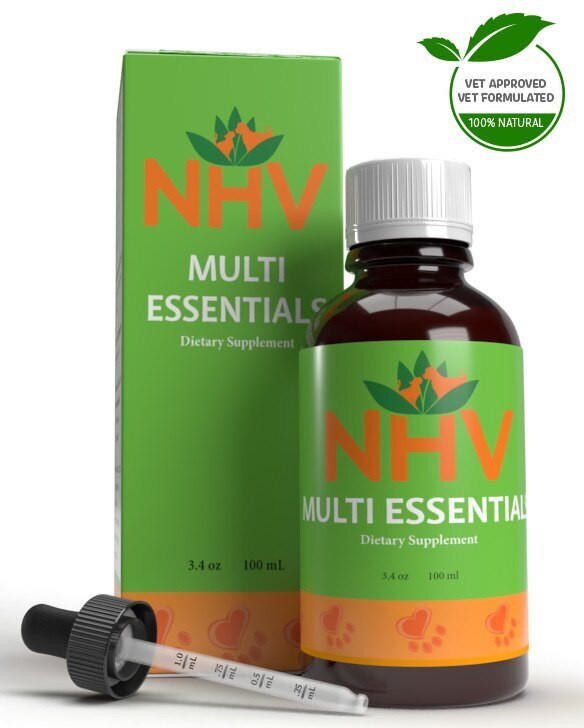
free shipping over $100 (USA & Canada)
1-877-937-4372 the pet expert hotline
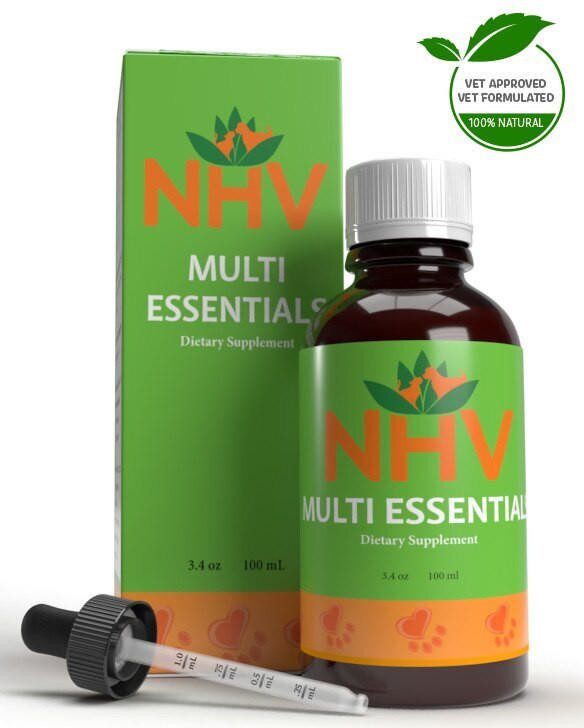
Herbal Digestive Aid, Energy Booster, and Multivitamin for Cats

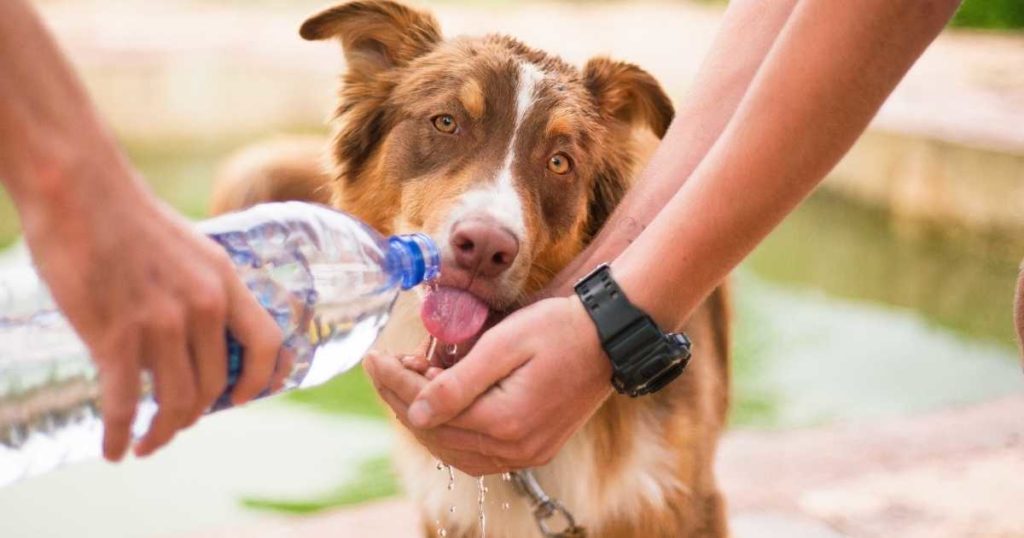
Pets with conditions like cancer, hyperthyroidism, diabetes, and kidney disorders are more prone to dehydration.
Water is essential to all of us, humans, and pets, and we directly depend on proper daily water intake to maintain appropriate health and replace fluids that are routinely lost through urine, feces, respiration, and transpiration. Water is an essential element that allows the cells in the body to absorb nutrients. It makes up 80 percent of the body and is necessary for all biological processes, including circulation, digestion, lubricating joints, cushioning internal organs, regulating body temperature, and waste removal.
Dehydration happens when there’s an imbalance of water and minerals in the body, due to reduced water intake or increased fluid loss, which can cause serious complications. Factors like diarrhea, vomiting, hot weather, or higher activity levels can result in a fluid loss in pets and consequently to dehydration.
Some signs of dehydration in pets can include:
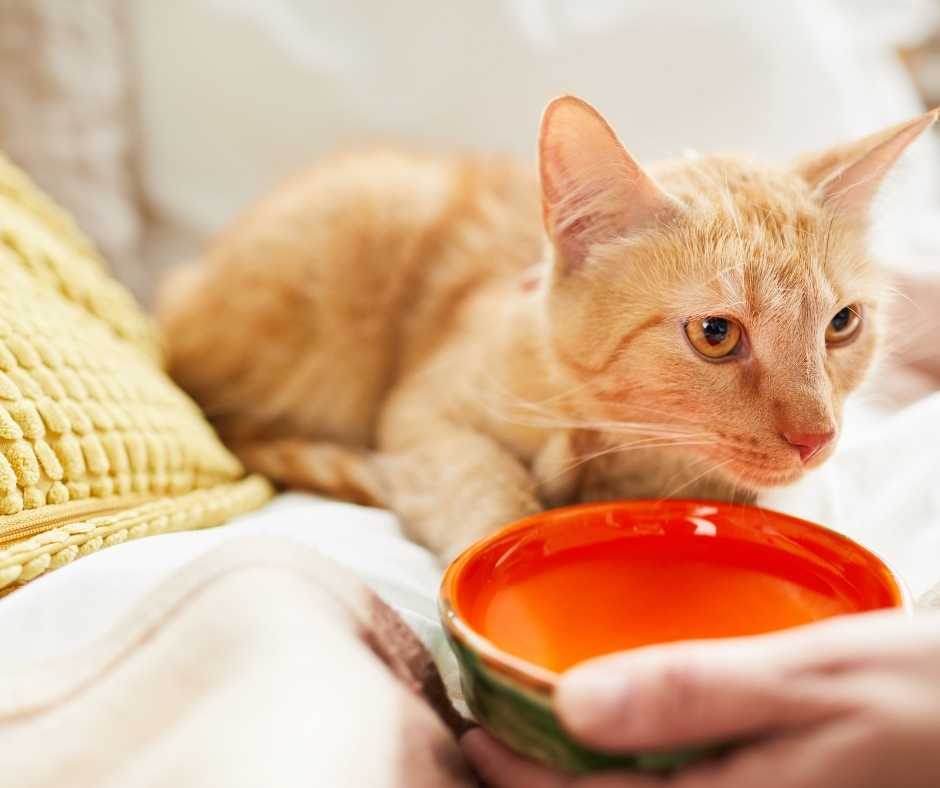
Another important sign of dehydration is decreased skin elasticity. Reduced elasticity in your pet’s skin can also be called a ‘skin tent’, and it can be measured generally on the dorsum of the neck or on the lateral thorax of the pet. If you gently pull up the skin at the back of your pet’s neck and it doesn’t immediately return to its normal position, your pet might be dehydrated. If the animal is well hydrated, the skin should spring back when you release it. As the skin loses moisture, it will move back into place more slowly. In severe cases of dehydration, the skin does not spring back at all.
The skin tent is more difficult to see depending on factors like age, body condition, and breed. That means that older animals, obese animals, animals with thick or long-hair coats, and breeds with excessive skin folds like Sharpei and Basset Hounds, are more difficult to access for dehydration through this method.
Regardless, only a veterinarian can provide a proper approach, diagnosis, and treatment for dehydration cases, and if you suspect that your pet is dehydrated, you need to take them to an appointment as soon as possible.
There is still no specific marker to assess dehydration, but there are ways a professional can estimate through physical examination. Combining the history and laboratory measurements helps the veterinarian in quantifying the extent of dehydration most accurately as well. They may have to administer intravenous or subcutaneous fluids to attenuate the dehydration condition and they will also investigate the underlying cause of it.
Pets who have underlying conditions like cancer, hyperthyroidism, diabetes, and kidney disorders, for instance, are more prone to dehydration just like elderly and nursing pets as well.
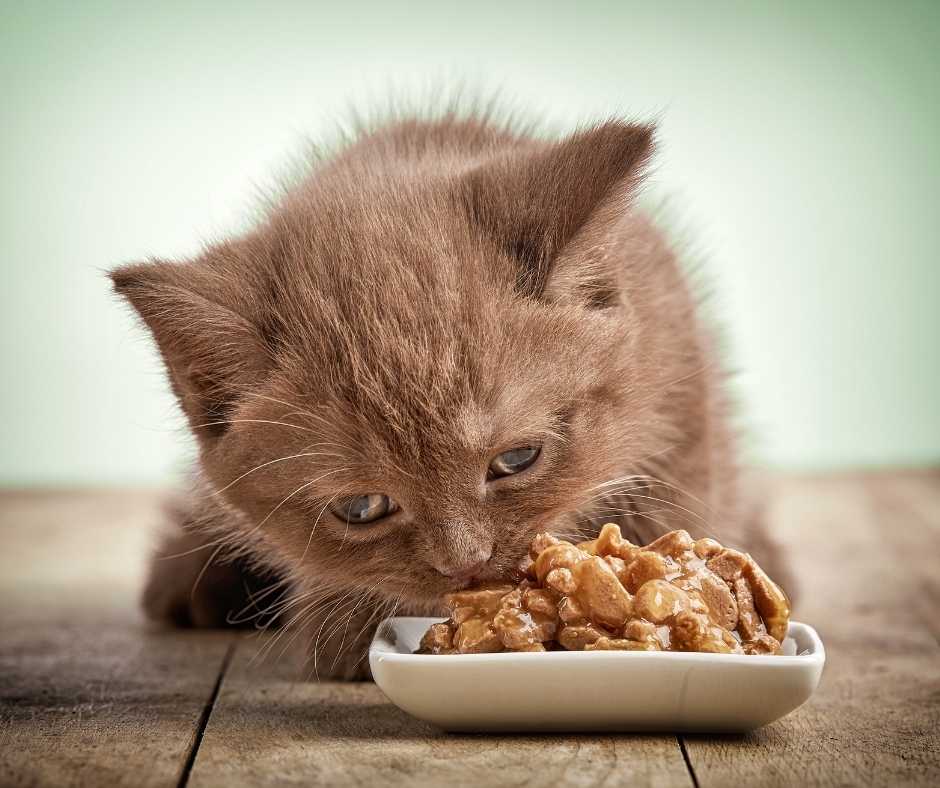
Along with plenty of water, it’s important to ensure that your cat has a properly balanced diet. NHV Multi Essentials helps ensure your kitty (of any age) is getting an extra dose of minerals and vitamins for extra energy, vitality, and health. You can also check out our personalized nutrition plan for a convenient, healthy, and balanced to meet your cat’s specific needs.
multivitamin support

Herbal Digestive Aid, Energy Booster, and Multivitamin for Dogs
buy 2 and save $3
3 month supply for a small to medium size pet
NHV’s multivitamins for dogs targets the brain, stomach, major arteries, kidneys, and liver with a powerful blend of herbal support.


NHV’s multivitamins for dogs targets the brain, stomach, major arteries, kidneys, and liver with a powerful blend of herbal support.

Millions of people take multivitamins daily to support their health, and it only makes sense our canine companions can benefit just as much. This 100% natural plant-based liquid blend can help your dog with nutritional deficiencies.
Signs of Possible Vitamin Deficiency in Dogs
NHV’s Multi-Essentials are packed with herbs that are rich in vitamins and minerals. This vet-formulated blend is designed to benefit your dog’s health using all-natural organically grown herbs with no additives or preservatives.
Even if your pet is healthy, supplying a multivitamin is essential to maintain good health, and some pets need more vitamins and minerals than others. For more, read NHV’s blog, vet talk with Dr. Hillary Cook.
Benefits of NHV’s Multivitamins for Dogs
You can read NHV's blog about the importance of dog vitamin supplements. All pets can benefit from NHV’s Natural Pet Product, even small exotic pets.
If you have questions about plant-based supplements including our multivitamins for dogs, you can schedule a consultation with one of our highly trained holistic veterinarians, because, at NHV, total health and wellness for all pets is our top priority.

Select your pet's weight to determine the correct dose.
To be taken twice daily. Determine your pet’s weight and then use the easy chart below to determine the correct dose. This is the minimum dosage.
Pet's Weight Dosage
0 - 15 lb = 0.5 ml
16 - 30 lb = 1.0 ml
31 - 45 lb = 1.5 ml
46 - 60 lb = 2.0 ml
61 - 75 lb = 2.5 ml
Over 75 lb = 3.0 ml
How to Administer
Shake well before use. The easiest method is to use the dropper provide and places the drops into your pet’s food or favorite treat. You can also use the dropper and squirt directly into the pet’s mouth.
Some pets can be finicky, if this occurs consider hiding the drops in foods most pet’s love such as fish, chicken or yogurt or a favourite treat. If your pet only eats dry food then soak a few kibbles at feeding time.
For Best Results
Herbal dietary supplements are beneficial to the health and wellbeing of your pet and are safe for long-term use. Every pet responds to natural herbal supplements differently, therefore it is important to be consistent and administer the product daily. Supplements generally take two to four weeks to take effect, however this will vary from one animal to the next.
Product Storage
All NHV Natural Pet Products are pure herbal extracts and contain no artificial additives, preservatives or coloring. Shelf life after opening is 6 months and must be refrigerated after opening.
Cautions and Contraindications
Do not use Multi Essentials in pregnant or nursing animals. Speak to your vet before using our products. A second visit is recommended if your pet’s condition does not improve, or deteriorates after continued use of the supplements.
All information provided by NHV Natural Pet Products is for educational purposes only.
Millions of people take multivitamins daily to support their health, and it only makes sense our canine companions can benefit just as much. This 100% natural plant-based liquid blend can help your dog with nutritional deficiencies.
Signs of Possible Vitamin Deficiency in Dogs
NHV’s Multi-Essentials are packed with herbs that are rich in vitamins and minerals. This vet-formulated blend is designed to benefit your dog’s health using all-natural organically grown herbs with no additives or preservatives.
Even if your pet is healthy, supplying a multivitamin is essential to maintain good health, and some pets need more vitamins and minerals than others. For more, read NHV’s blog, vet talk with Dr. Hillary Cook.
Benefits of NHV’s Multivitamins for Dogs
You can read NHV's blog about the importance of dog vitamin supplements. All pets can benefit from NHV’s Natural Pet Product, even small exotic pets.
If you have questions about plant-based supplements including our multivitamins for dogs, you can schedule a consultation with one of our highly trained holistic veterinarians, because, at NHV, total health and wellness for all pets is our top priority.

Select your pet's weight to determine the correct dose.
To be taken twice daily. Determine your pet’s weight and then use the easy chart below to determine the correct dose. This is the minimum dosage.
Pet's Weight Dosage
0 - 15 lb = 0.5 ml
16 - 30 lb = 1.0 ml
31 - 45 lb = 1.5 ml
46 - 60 lb = 2.0 ml
61 - 75 lb = 2.5 ml
Over 75 lb = 3.0 ml
How to Administer
Shake well before use. The easiest method is to use the dropper provide and places the drops into your pet’s food or favorite treat. You can also use the dropper and squirt directly into the pet’s mouth.
Some pets can be finicky, if this occurs consider hiding the drops in foods most pet’s love such as fish, chicken or yogurt or a favourite treat. If your pet only eats dry food then soak a few kibbles at feeding time.
For Best Results
Herbal dietary supplements are beneficial to the health and wellbeing of your pet and are safe for long-term use. Every pet responds to natural herbal supplements differently, therefore it is important to be consistent and administer the product daily. Supplements generally take two to four weeks to take effect, however this will vary from one animal to the next.
Product Storage
All NHV Natural Pet Products are pure herbal extracts and contain no artificial additives, preservatives or coloring. Shelf life after opening is 6 months and must be refrigerated after opening.
Cautions and Contraindications
Do not use Multi Essentials in pregnant or nursing animals. Speak to your vet before using our products. A second visit is recommended if your pet’s condition does not improve, or deteriorates after continued use of the supplements.
All information provided by NHV Natural Pet Products is for educational purposes only.
Published: October 11, 2020